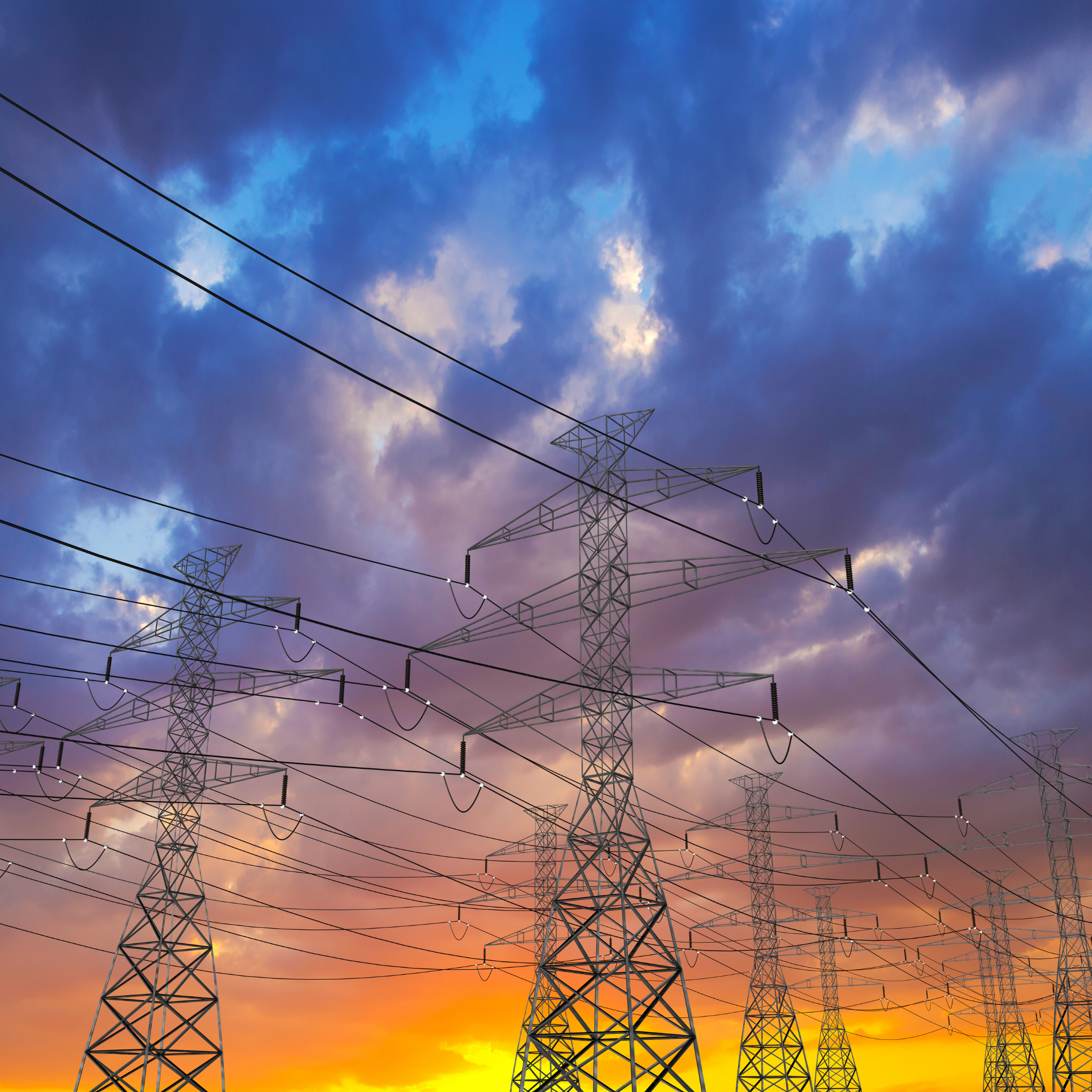
The biggest issue for AEMO and market participants is as synchronous generators such as thermal power stations reduce availability and eventually retire the much-needed system security services such as inertia and voltage control that they provide, drops.
As a result of AEMOs concerns, the Australian Energy Market Commission (AEMC) has developed ways of valuing the much-needed services.
The AEMC has just released a directions paper outlining mechanisms that could provide the system security services to the NEM. The AEMC has also highlighted support for innovative technologies to provide these services.
At this moment in time, AEMO has limited tools to improve system security at times of scarcity apart from using its intervention powers to direct generators online to provide the services. The problem with using its direction powers is that additional costs associated with the directions are passed onto end users and as a result this does not meet the requirement of the National Electricity Objective (NEO) of providing the lowest cost solution and it also distorts the market.
AEMC’s directions paper covers two rule changes proposed by Delta Electricity and Hydro Tasmania. The Delta proposal is to introduce a capacity commitment mechanism to provide system security and reliability services. In Hydro Tasmania’s request they propose to create a market for inertia, voltage control and system strength products.
Both these rule changes will form part of the Energy Security Boards (ESB) ‘post 2025’ market design. AEMO is also working with participants to develop the engineering to meet these challenges. These challenges include a changing market due to an increased reliance on weather dependent generation such as solar and wind and new technologies such as batteries.
The options in the directions paper are about providing a transitional approach as we move to a different generation mix while keeping the cost of the solutions to a minimum over the long-term. Solutions may include a similar process to direction but increasing the transparency of what assets should be online to maintain system security while keeping the costs down. Some of the options available to AEMO could be scheduling assets to provide specific services like voltage control while other would be scheduled for inertia. These arrangements would likely transform into stand-alone services similar to the current FCAS services.
The market is changing at a rapid pace and these extra tools in AEMO’s toolbox should allow the NEM to operate safely and securely for many years into the future.
